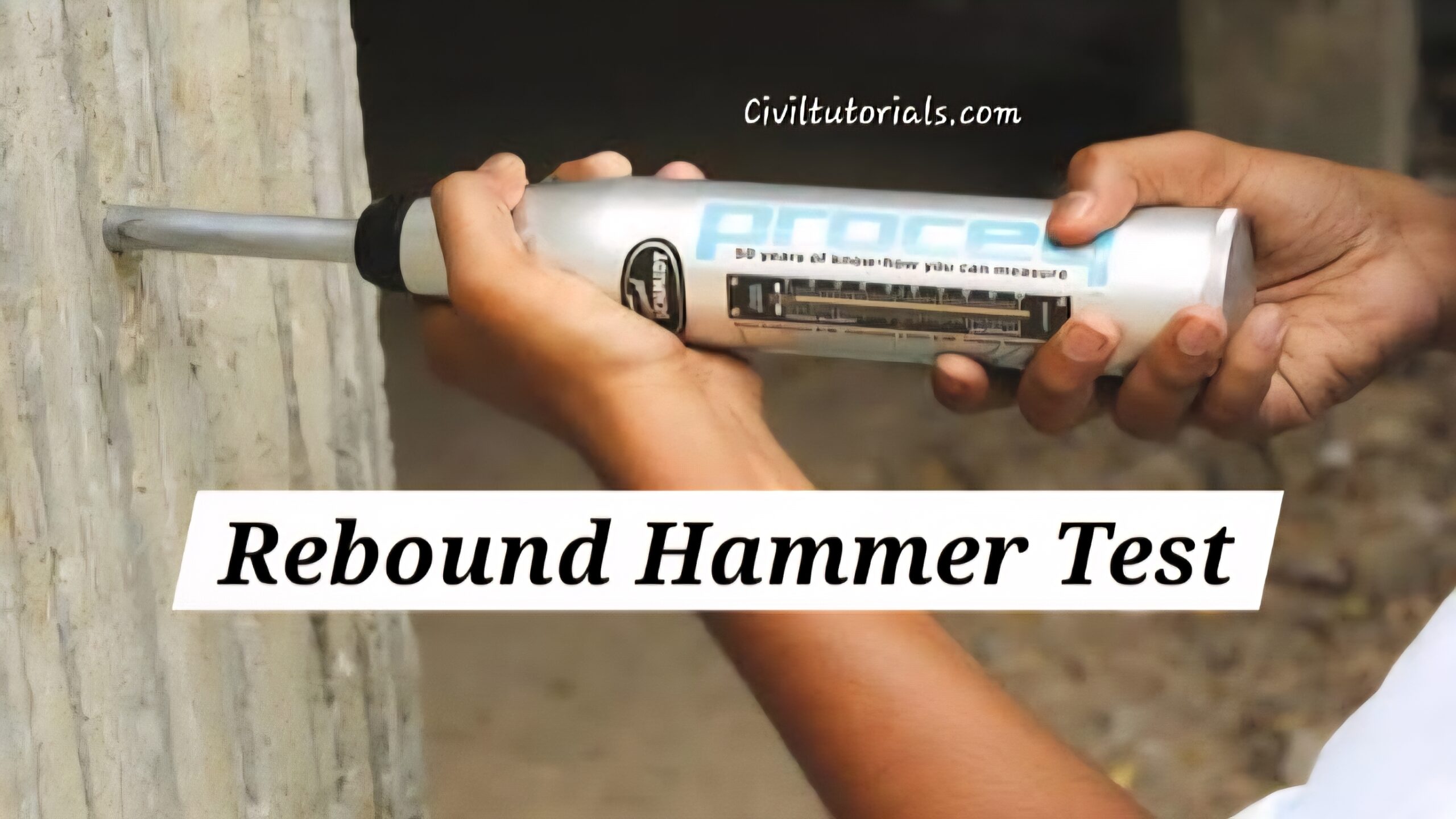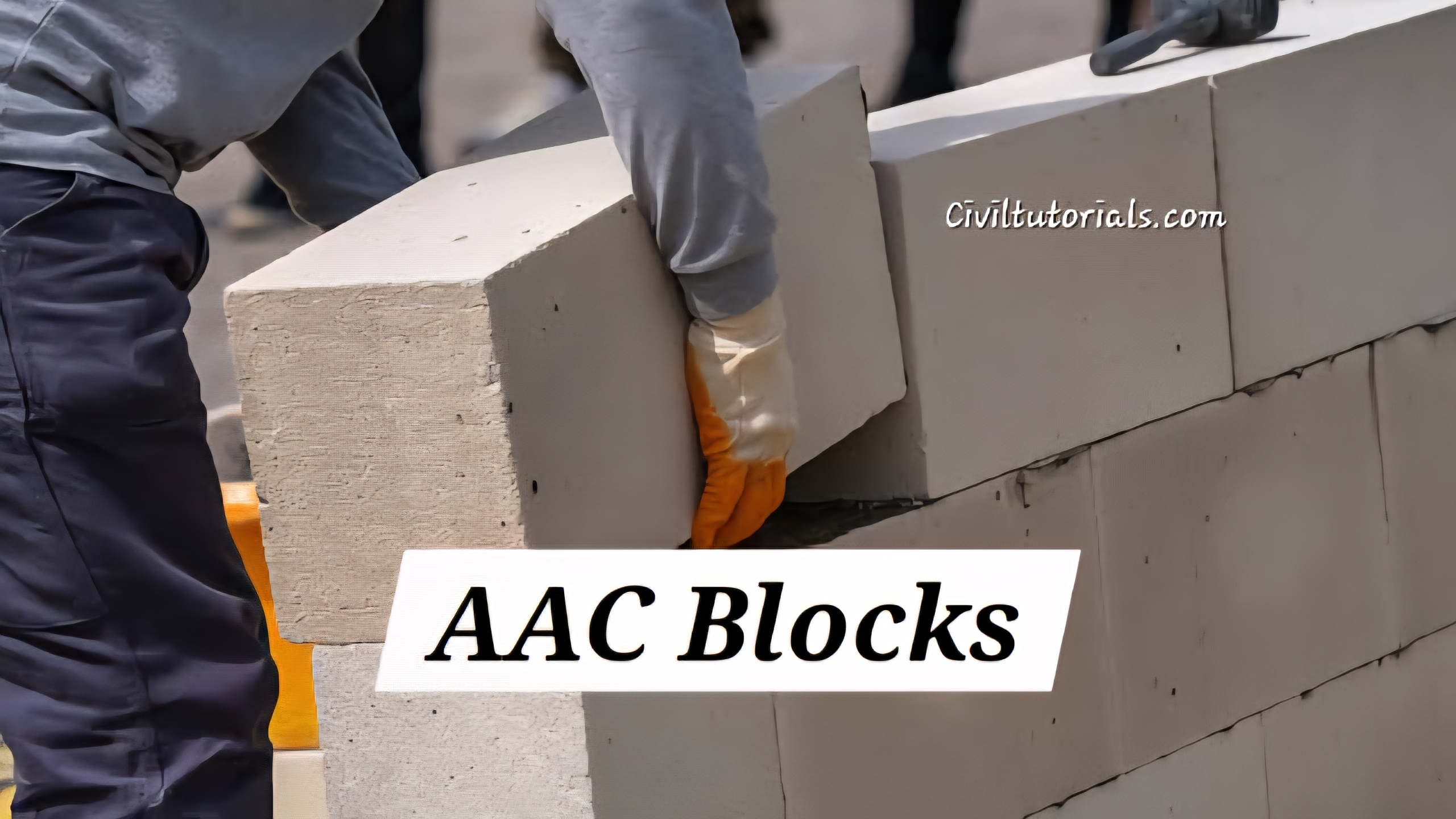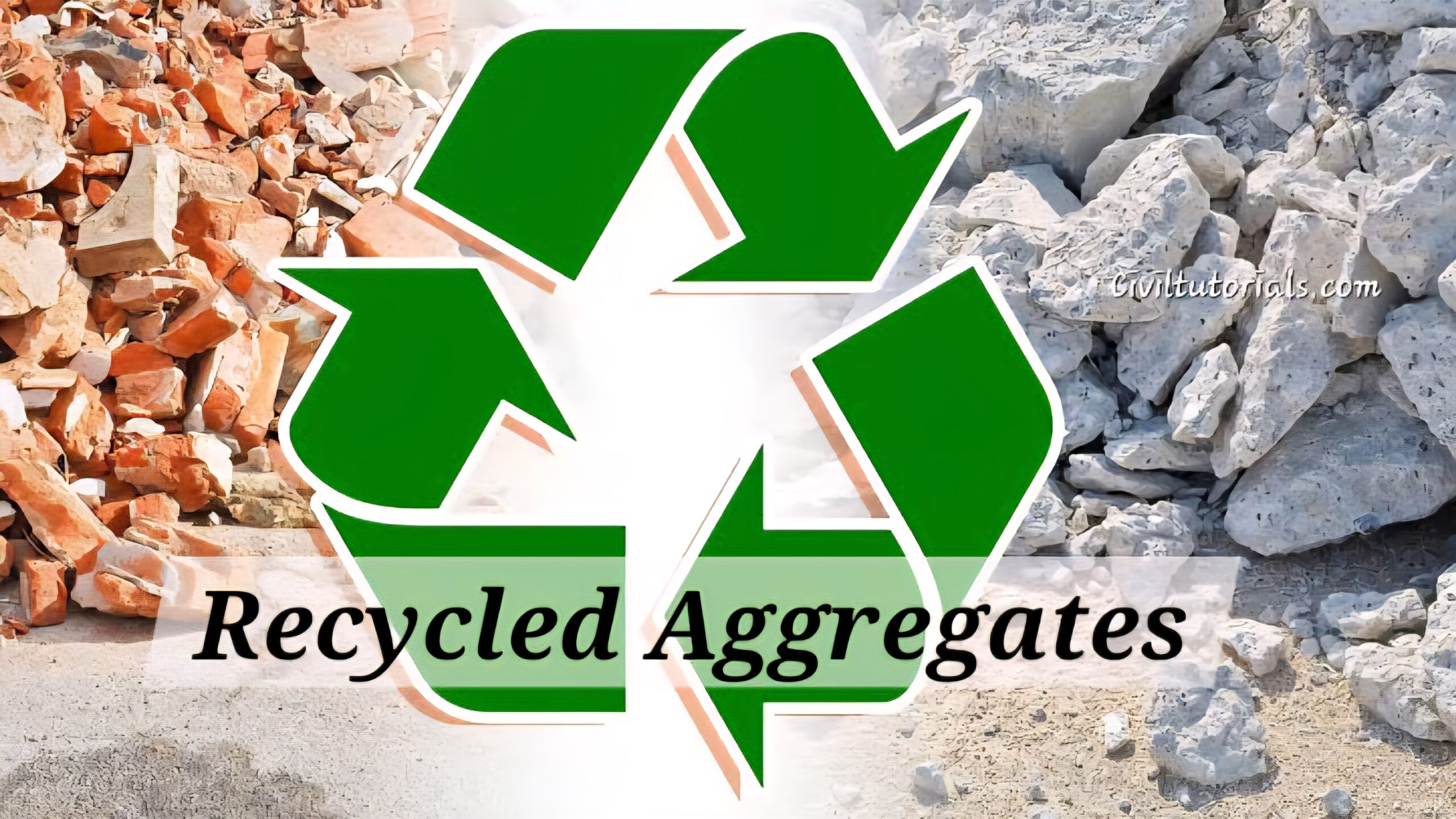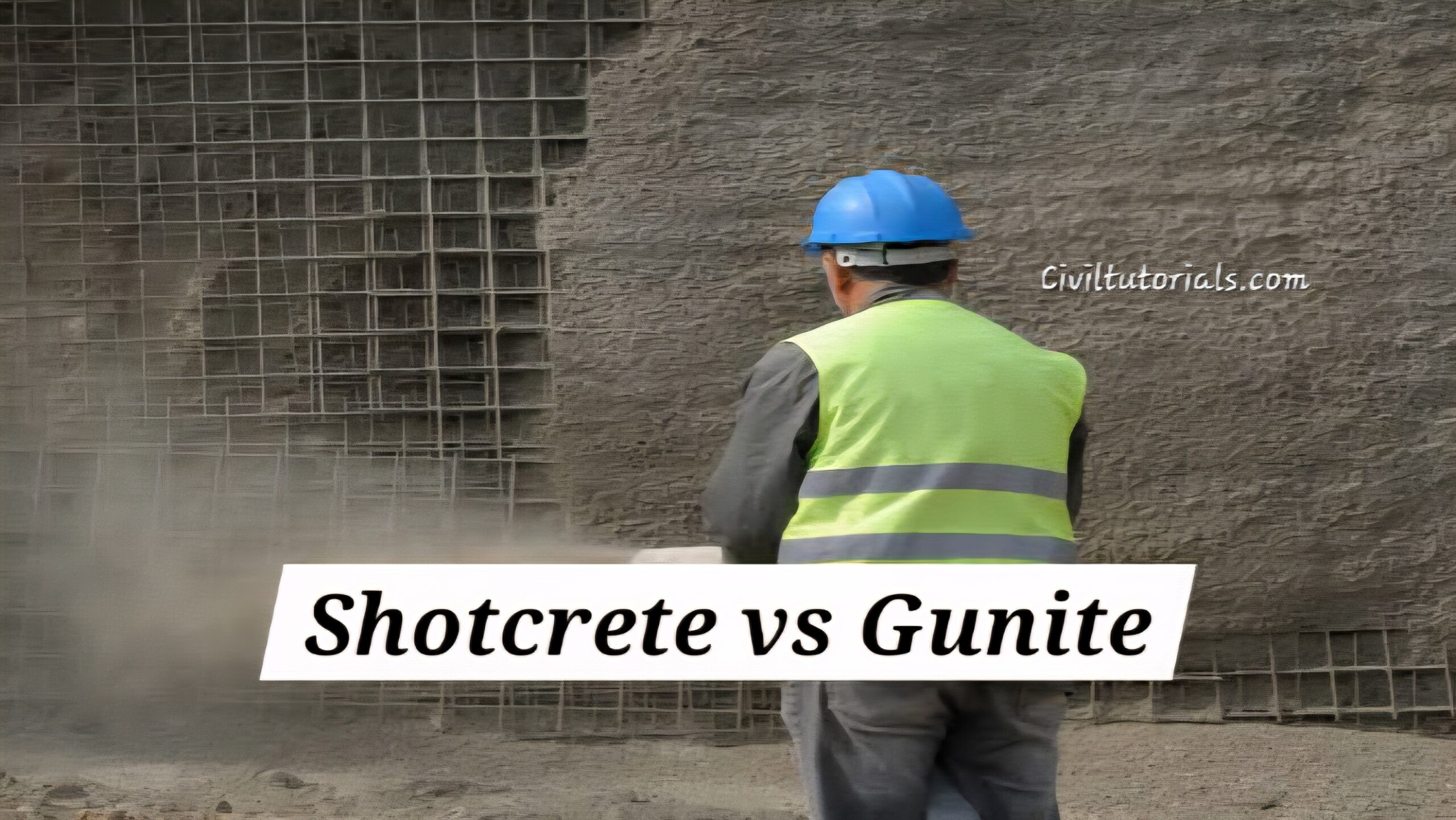These two critical but misunderstood elements fight different battles beneath your structure. Get their roles wrong, and you risk differential settlement, cracked walls, or even structural collapse. Here’s the no-BS guide to when and how to use each beam type.
The Fundamental Difference (In 7 Words)
Plinth Beam: Distributes wall loads
Ground Beam: Connects isolated footings
Head-to-Head Comparison
| Parameter | Plinth Beam | Ground Beam |
|---|---|---|
| Location | Above ground level | Below ground level |
| Primary Role | Tie all walls together | Link independent footings |
| Load Handling | Vertical (wall) loads | Horizontal (soil) forces |
| Typical Size | 9″x12″ (230x300mm) | 12″x18″ (300x450mm) |
| Rebar | 4 bars of 12mm | 6 bars of 16mm |
| Concrete Grade | M20 | M25 |
| Waterproofing | DPC mandatory | Anti-termite treatment |
When Your Project Needs Which Beam
Use Plinth Beam When:
✔ Constructing load-bearing masonry walls
✔ Building in high water table areas
✔ Need to prevent differential settlement cracks
✔ Want to create level base for flooring
Use Ground Beam When:
✔ Dealing with isolated/raft foundations
✔ Constructing on sloping sites
✔ Preventing lateral soil movement
✔ Supporting columns in expansive soils
Construction Screw-Ups That Cost Thousands
1. The Height Horror
- Plinth beams <150mm above ground = capillary water rise
- Fix: Always maintain 9″ minimum clearance
2. The Floating Footing Fiasco
- Ground beams not properly anchored to footings
- Solution: L-bar connections into footings
3. The Termite Tunnel
- Untreated ground beams become termite highways
- Must-do: Chemical barrier during casting
4. The Reinforcement Reversal
- Placing more steel in plinth than ground beam
- Golden rule: Ground beams need 20% more rebar
Pro Tips From Site Veterans
✔ For plinth beams:
- Cast monolithically with floor slab
- Install 2 coats of bituminous coating
✔ For ground beams:
- Use MIVAN shuttering for perfect edges
- Leave 25mm gap from surrounding soil
FAQs Contractors Always Ask
Q: Can we combine both beams?
A: Yes – called “tie beams”, but requires 450mm depth
Q: Why do ground beams cost 40% more?
A: Due to:
- Deeper excavation
- Higher concrete grade
- More reinforcement
Q: How to repair cracked plinth beams?
A: Epoxy injection + carbon fiber wrapping
Q: Do ground beams replace footings?
A: Never! They connect footings, don’t replace them
The Verdict
Plinth beams are your masonry’s bodyguard – preventing cracks from uneven settlement. Ground beams act as foundation handcuffs – keeping isolated footings from drifting apart.
Remember:
- No plinth beam? Your walls will crack like dry desert soil
- Skip ground beams? Your columns will dance in soft soil
Both are non-negotiable for permanent structures. Choose wisely.











